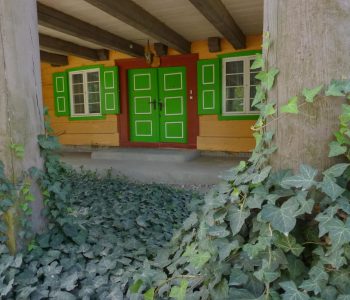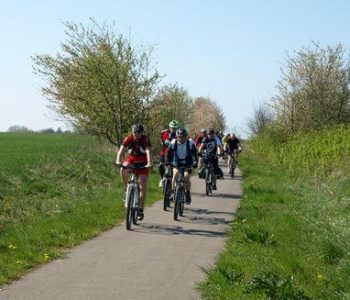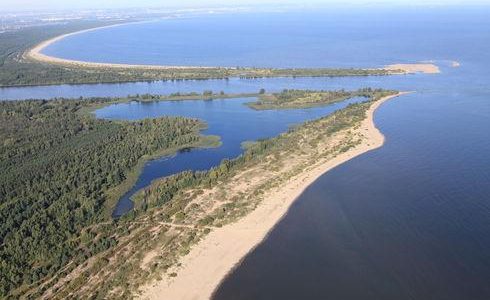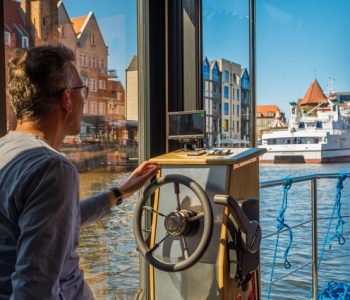Before embarking on a trip, it’s good to buy ourselves a map (preferably with a 1:50000 scale), and some tourist guide books. It’s also good to check if cycling routes that are marked there are up to date, via different websites, or in a tourist information point. While planning daily stages, we need to take into consideration different types of paving, as well as grades on particular lengths. A length of particular stages, depending on our preparedness and length of the entire route, should be between 40 and 80 kilometres. Longer distances may make us ride like crazy, with reaching our goal the only thing on our minds, instead of enjoying the ride, the view, and attractions along the way. A cyclist’s speed during a trip, when we consider a medium-level route and a fair amount of resting stops and meal stops (without longer sightseeing along the way), rarely exceeds 10 km/h.
Prepare your bicycle and other equipment
Checking your gears, breaks, suspension, and lights is the necessary basics. We can’t forget about spare innertubes (at least two pieces), bicycle tools, and chain grease. Of course, we should also take with us at least one type of theft protection equipment. Moderation is recommended when packing additional equipment. Heavy panniers will not slow us down on a flat road, but a slightly worse pavement or a steep slope will make us feel their weight. They also significantly decrease manoeuvrability of our bicycle. Taking a backpack (with an exception of a special water-tank backpack) for a bicycle ride is a much worse option than a couple of good quality, waterproof panniers.
Safety first!
The obligatory cycling equipment is enumerated by the law. Regardless, we should take care of our own safety, as well as safety of other road users.
-
Taking with us and using a bicycle helmet is absolutely necessary;
-
Gloves are quite practical and protect our hands in case of a fall;
-
High visibility vests are crucial to our safety when moving on public roads. So are other high visibility elements, which can be placed on panniers and other parts of the bicycle and its equipment. The significantly increase our safety on the road;
-
Working front and rear lights, with spare batteries, are also absolutely necessary;
-
If we are travelling with small children, they can ride with us in special seats, or appropriately labeled bicycle trailers;
-
According to traffic regulations, a group of cyclists on a public road cannot exceed 15 people.
Take care of your health and fitness
Even the best and most expensive bicycle won’t do you any good if your muscles and tendons fail. Before embarking on a longer journey, training is strongly recommended. It encompasses travelling a distance of a few to several dozen kilometres a day, for at least a couple of days, thus allowing our body to prepare for an increased and prolonged effort, and minimising the risk of injury. It’s especially important in spring if we don’t ride all year long. We should also remember to avoid riding on hot days, during peak hours of sunshine, as it may lead to a heat stroke. When riding a bicycle, we should remember to stay hydrated, most preferably using highly digestible isotonic drinks. It’s good to stock up every now and then in shops along the route.














